Once upon a time… Université Bourgogne Europe
Once upon a time, an ancient ducal capital was very badly off indeed. The unfortunate city was in fact sorry to have neither a bishopric nor a university. For the first, the city had to wait until 1733; for the second, the happy event occurred in 1722. This moment had been in preparation for a very long time and thanks to its two protectors, the Parliament of Burgundy and the Prince of Condé, governor of the province, the city of Dijon could legitimately hope for the creation of its own university. But the gestation period had been difficult, and no doubt some evil fairies had conspired in the shadows, for the Sovereign finally authorized only a Faculty of Law. At its birth, the poor child seemed a bit puny. As for the other academic disciplines, they had to be taken under the wing of a good fairy godmother, the Academy of Sciences, Arts and Belles-Lettres of Dijon.
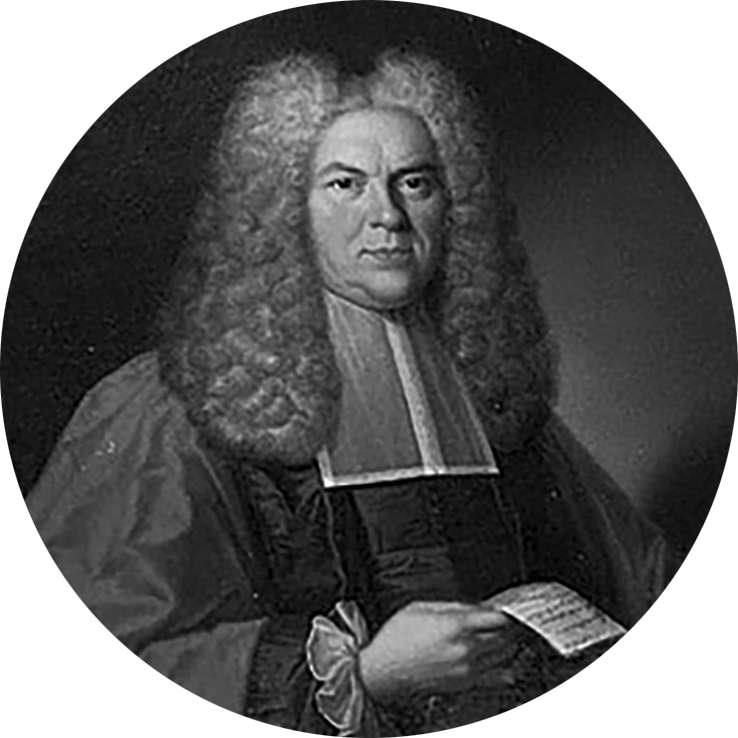
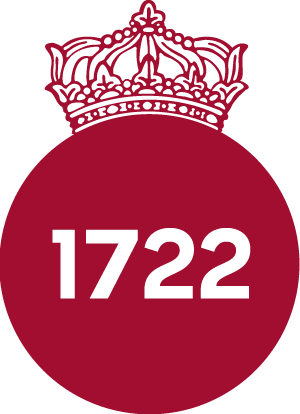
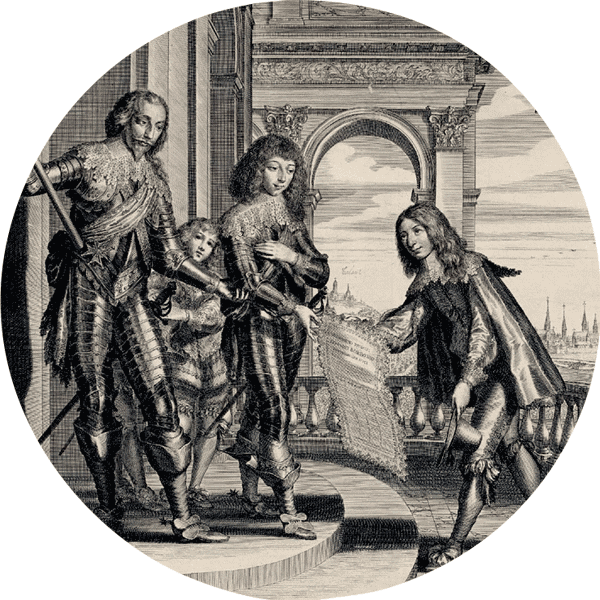
Bernard Pouffier
Birth of a faculty
Louis II (le grand Condé, then Duc d'Enghien) and his great-grandfather Henri II in 1638-1639
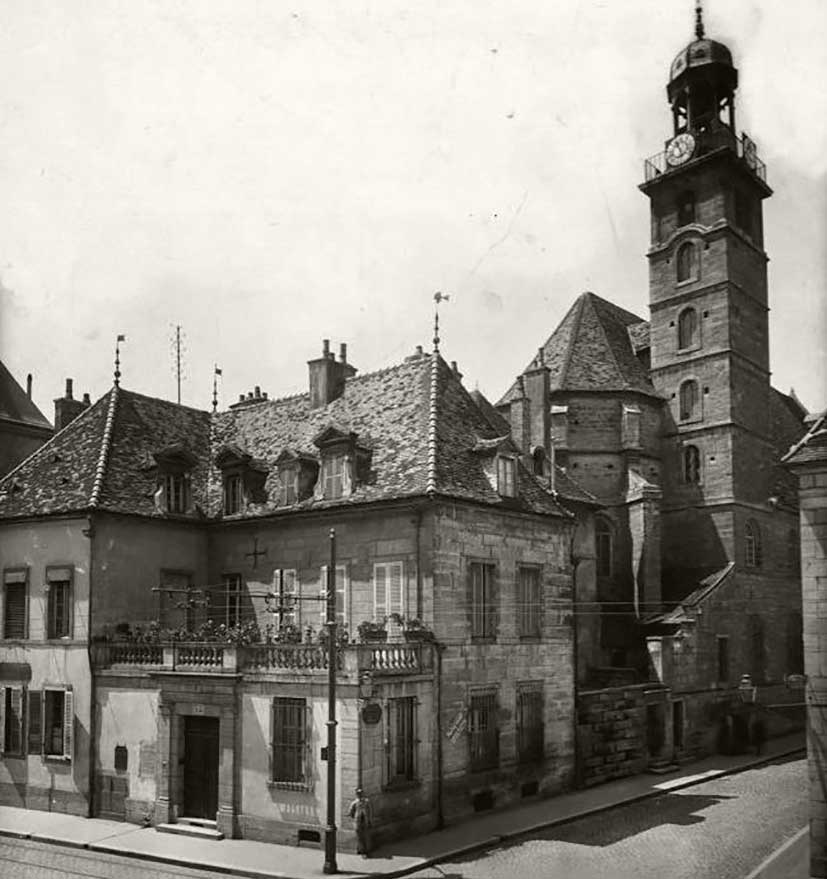
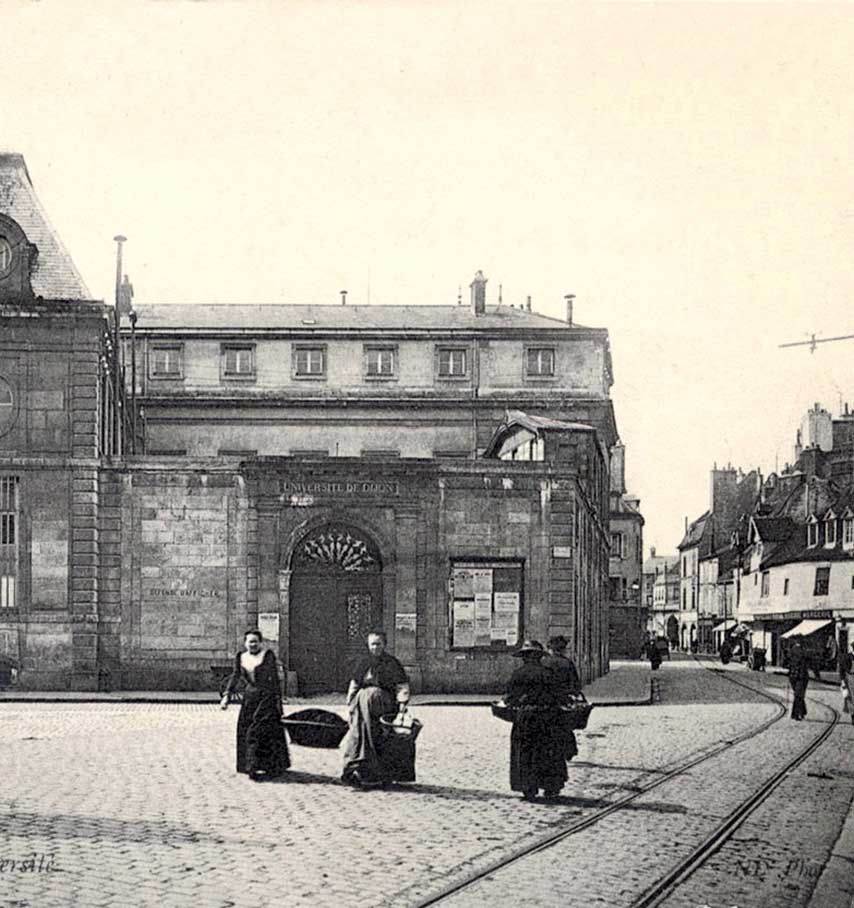
But the worst was yet to come
But the worst was yet to come when, in 1793, institutions of higher learning were forced to close. Just over seventy years after the beginning of the adventure, all seemed lost. Fortunately, the interlude was short-lived. As early as 1808, our heroine came back to life with the reopening of the Faculty of Law. In 1809, a Faculty of Science was born, and in 1810, a Faculty of Letters. However, for a long time, Dijon had to make do with a practical school of medicine and pharmacy, as the Faculty of Medicine was not established until 1967. Everything happened so quickly that the newcomers had to settle for makeshift accommodation, at this time located in the historic heart of the city.
1896 the faculties become the university
However, for a good half of the 19th century, these faculties had little success (stagnating enrolments, abolition of certain chairs…). Everything changed in the last few decades of the century: Dijon’s population was booming (thanks to the Paris-Lyons-Marseille train line), and for the Third Republic, education was a priority. The long-awaited crowning achievement came in 1896 when, thanks to a new law, the various faculties finally formed a single University. The event was celebrated with all manner of festivities in early 1897. Building on this momentum, it was finally decided to provide the new University with premises worthy of its status, the jewel in the crown being the Faculty of Arts (completed in 1914).
If the 1900s had been auspicious years, the interwar period was a different story. In 1922, we were about to celebrate our heroine’s bicentenary when word spread that her end was nigh. Indeed, by decision of the Prince (the Ministry), a number of universities were to disappear the following year. And among them, the University of Dijon. As in the worst melodramas, the unfortunate university was to die on its birthday, or almost. Fortunately, resistance sprang up.
By inviting the President of the Republic (Alexandre Millerand) in 1923 to inaugurate the buildings which, in principle, were to be abandoned, the Ministry was forced to back down. But it was only a temporary stay, for in 1934 the whole thing started all over again: a new threat of closure, strong resistance movement, and finally a new reprieve. Despite these blows of fate, our heroine spared no effort: a good mother, she now fed her students and sheltered them (the Maret housing site; the residence for female students); and she welcomed many foreigners, sometimes from very far away. Despite all this, the future remained uncertain.
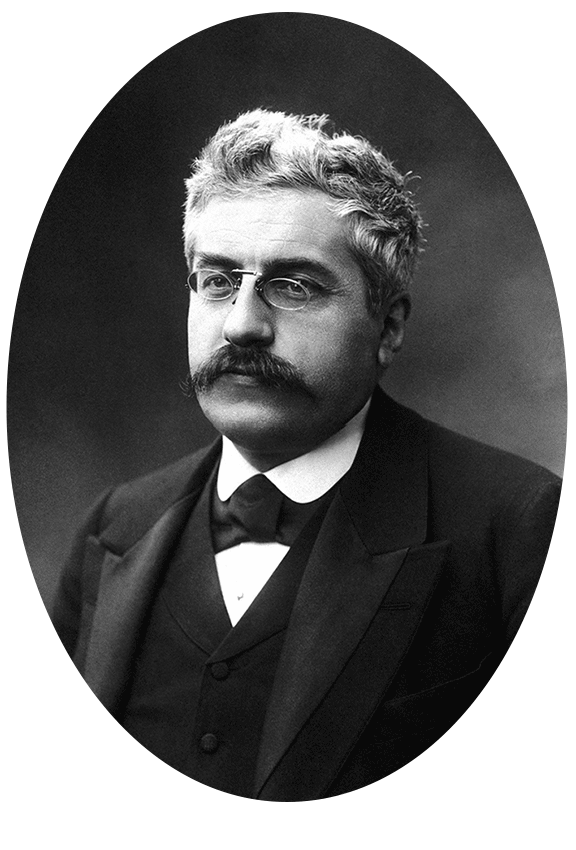
Alexandre Millerand
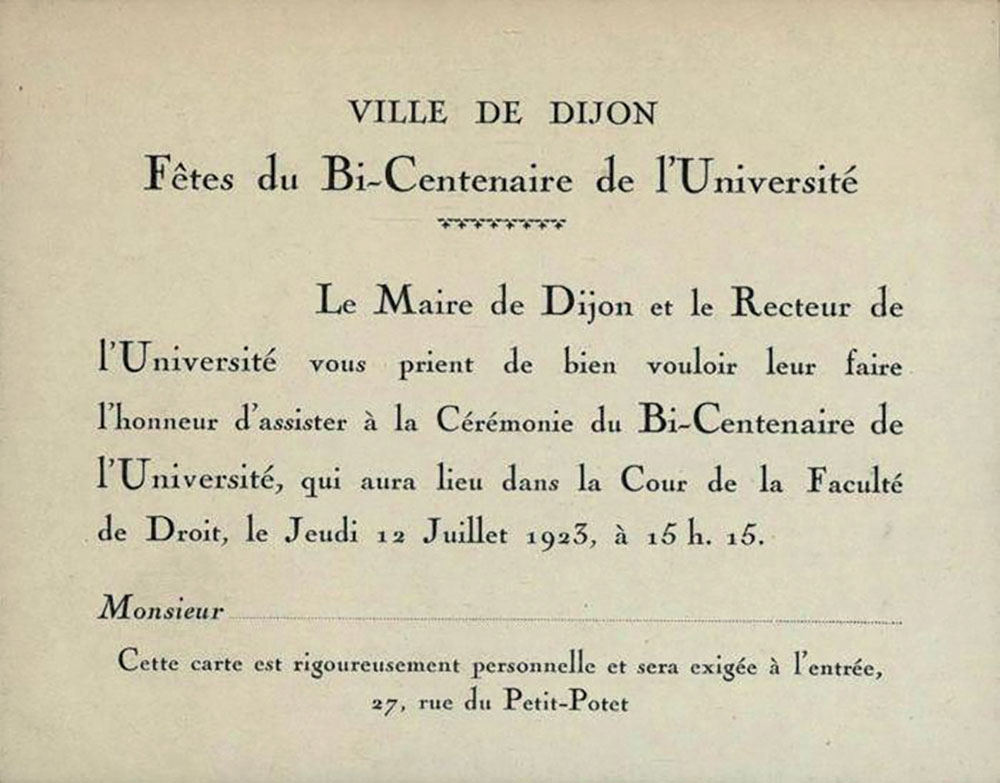
Fate strikes again
Fate was about to strike again. On December 30, 1945, Santa Claus had scarcely come and gone before the arrival of the bogeyman. Lurking in a bill, a treacherous article planned to deprive Dijon and Besançon of their Science Faculties. Fortunately, the ruse was foiled. The inimitable Canon Kir took up the cause, and the Ministry retreated once again. But once again, the alarm had been raised. Marcel Bouchard, the Rector who arrived in 1946, had learned his lesson. He understood that our heroine, cramped in ill-suited premises, was doomed to wither away. He decided to invite her breathe deeply of the fresh air and build her the palace she deserved – a campus. Like a knight in shining armor, he fought tirelessly to save his Princess. As a result, in 1957, the first completed Faculty of Science was inaugurated. The campus was now a reality; and it was a second birth, as the buildings multiplied: the various faculties, finally united (including, for the first time, a Faculty of Medicine, in 1967), libraries, IUTs, restaurants, halls of residence and so on. Once in her new kingdom, our heroine regained her health and prospered beyond all expectations (students in large numbers; diversified academic offerings).
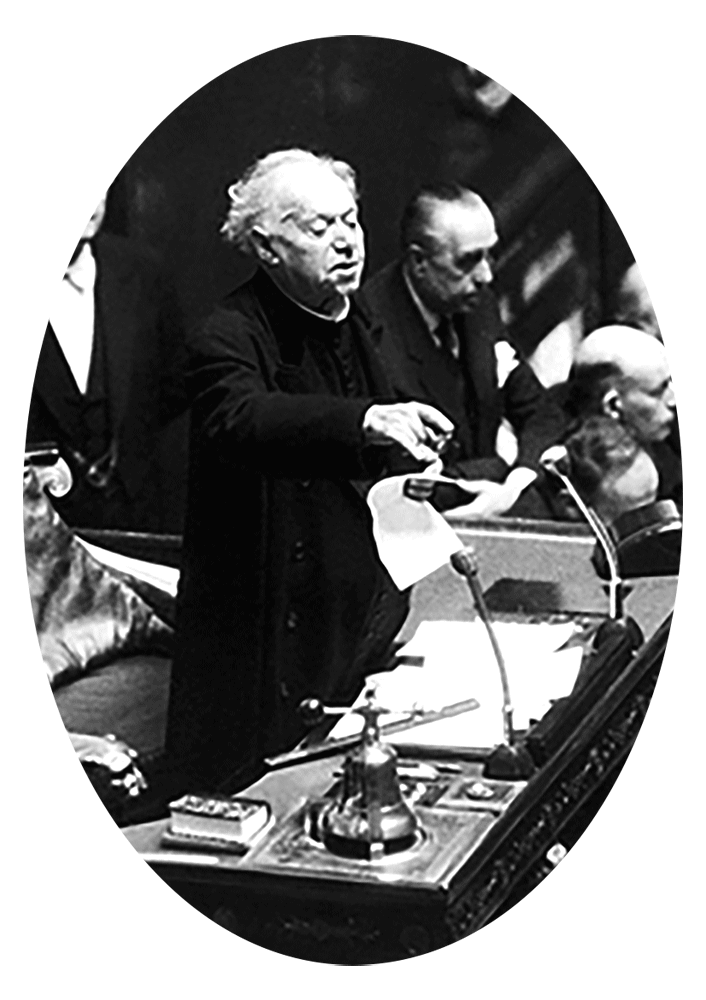
Le chanoine Kir
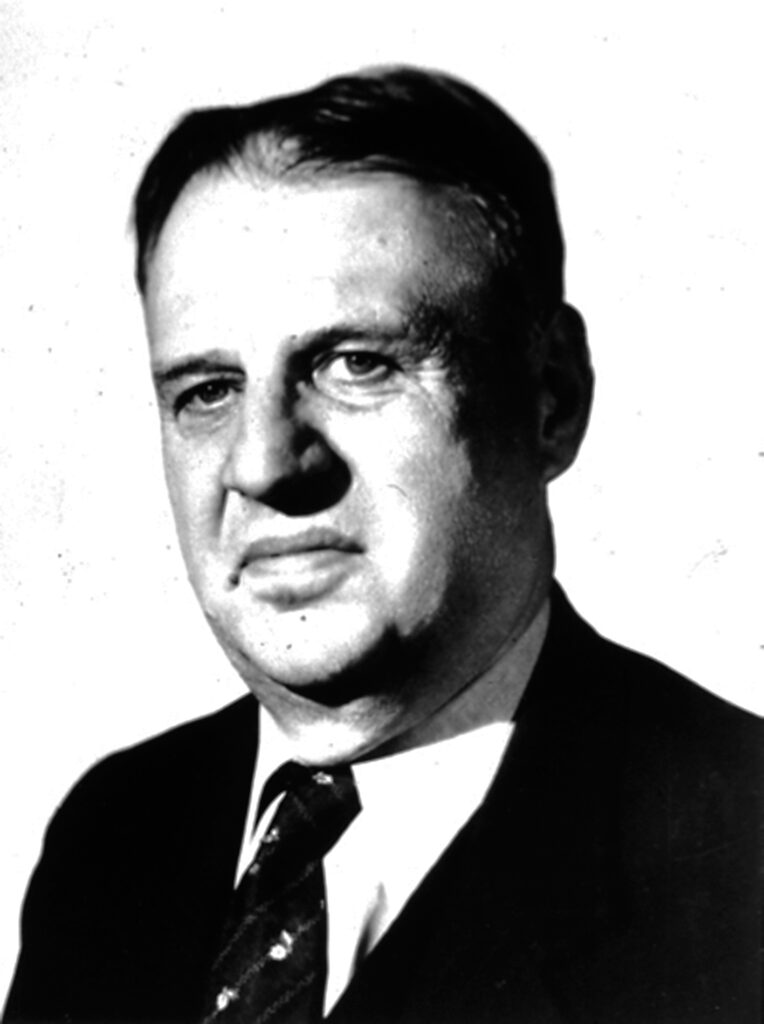
Le recteur Marcel Bouchard
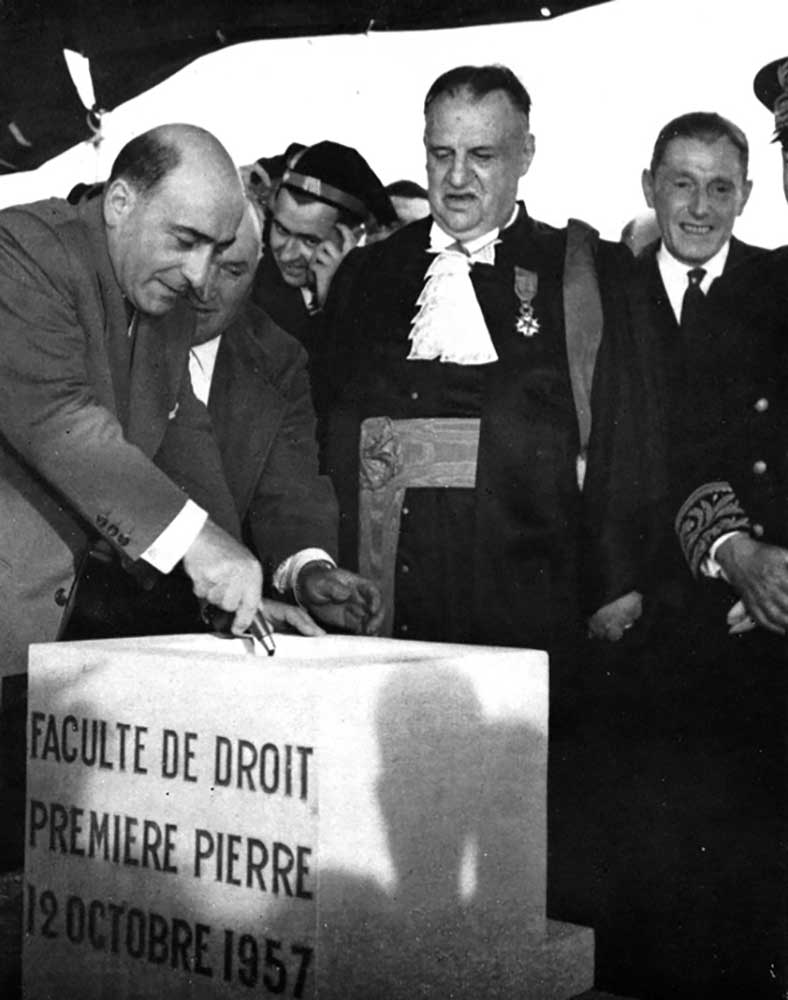
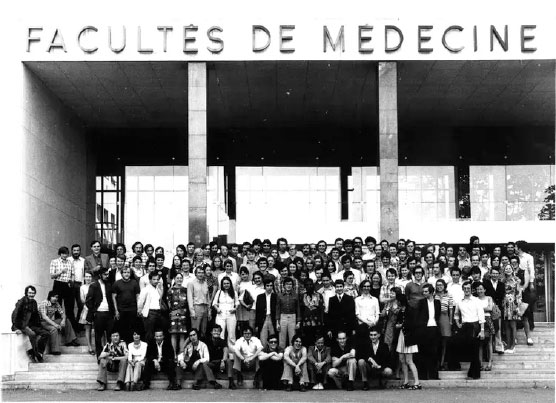
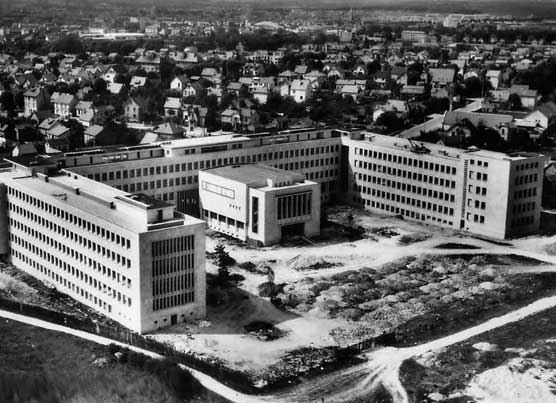
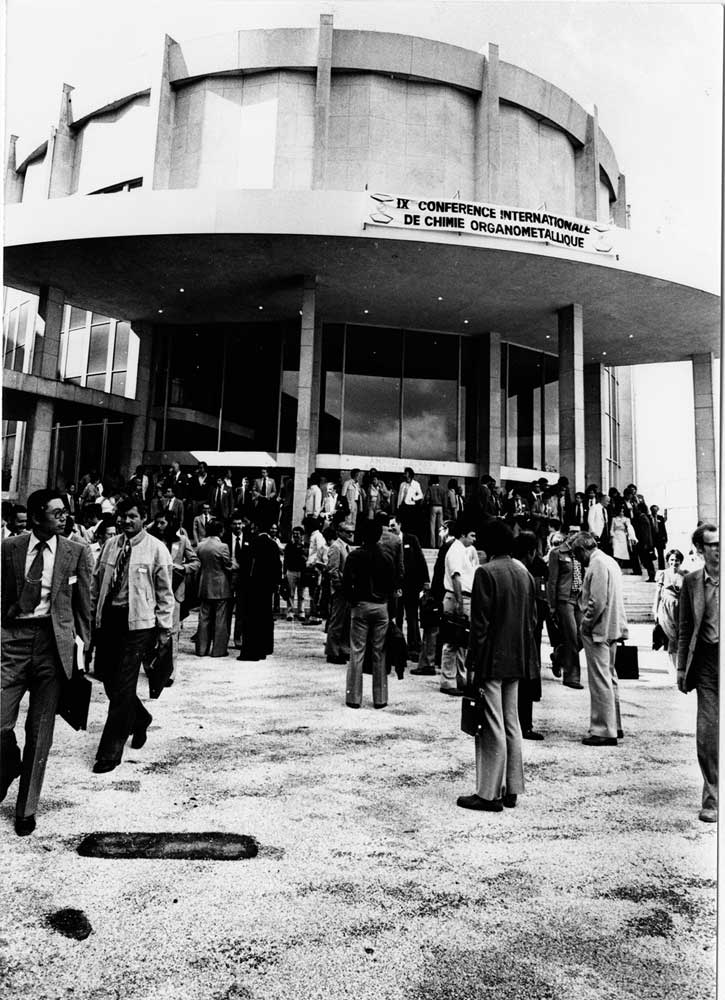
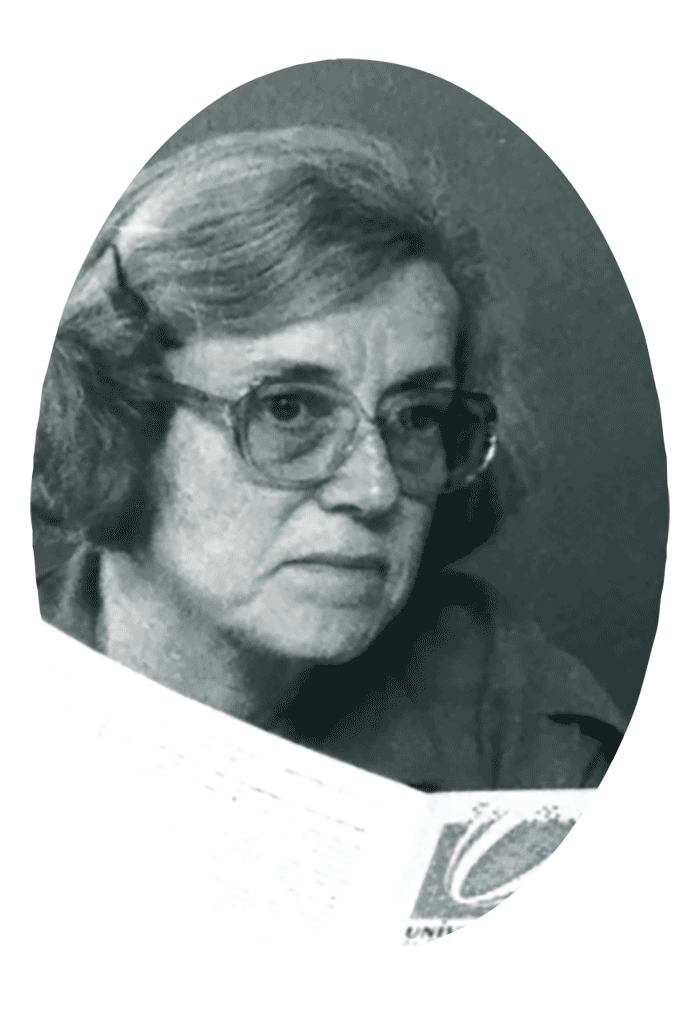
Françoise Moret-Bailly
Following May 1968, the university felt the need to emancipate itself. Like her colleagues, she was offered the chance to choose her own President, which she did in 1971, except that she alone nominated a woman to the office (Françoise Moret-Bailly). Then, as happens in fairy tales, came a series of metamorphoses. In 1984, the University of Dijon became the University of Burgundy. At the same time as it welcomed new structures to its campus, it also established itself throughout the region thanks to a series of different locations.

However, in the early years of the 21st century, our heroine began to tire of her solitude, so, in search of a soulmate, she renewed acquaintance with her neighbor, the University of Besançon. As the reunion progressed, talk of marriage soon began. But this was to forget that centuries of single life leave their mark. So, instead of a formal wedding (a merger), in 2013 we decided to stick to an engagement (a federal structure).
Today, after so many headwinds, the young 300-year-old awaits her next birthdays without fear, confident that they will be both many and happy.